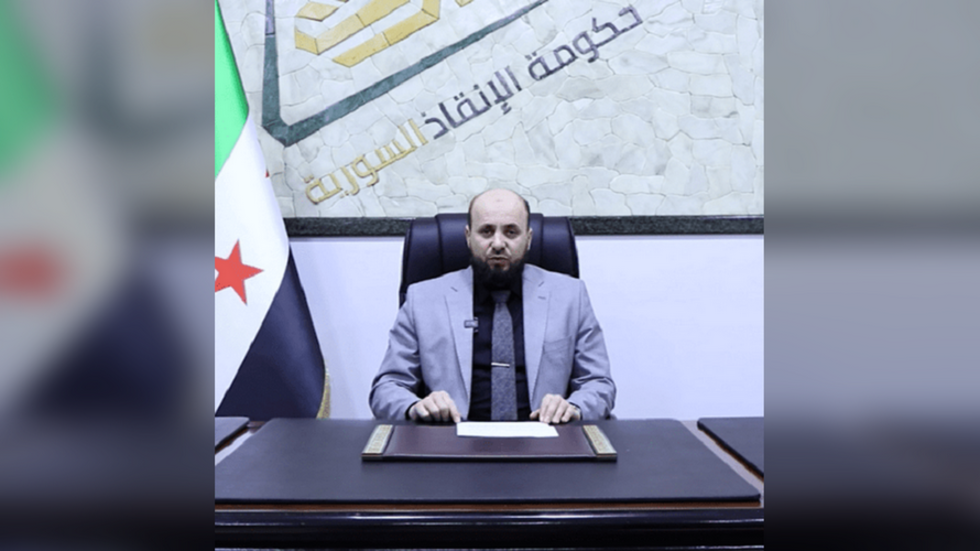In a significant shift in Syria’s political landscape, opposition figure Mohammed al-Bashir has announced his role as caretaker prime minister until March. This development follows a series of dramatic events, including the sudden exit of Bashar Assad from the country as he sought refuge in Russia. Al-Bashir, who has been leading a shadow government backed by Hayat Tahrir al-Sham (HTS) since January, made his announcement during a televised address. His appointment came after negotiations between Mohammed al-Jolani, HTS’s leader and a noted former Al-Qaeda commander, and members of Assad’s government, including former Prime Minister Mohammed al-Jalali, who consented to a “quick and smooth” transfer of power to al-Jolani’s Syrian Salvation Government (SSG), recognized as a quasi-state since its inception in 2017.
The rise of HTS, considered a terrorist organization by most nations, particularly complicates the situation in Syria. Despite global opposition, HTS has managed to consolidate power, largely stemming from the chaos of the Syrian Civil War. Notably, Turkey has maintained a peculiar relationship with HTS, denouncing it as a terrorist entity while simultaneously showing tacit support. Turkish President Recep Tayyip Erdogan recently expressed hope for the jihadists’ success as their forces approached Damascus, reflecting Ankara’s ambiguous stance in the regional conflict. The dynamics surrounding this development are further underscored by Russia and Iran’s ongoing communications with the new Syrian leadership, calling for adherence to UN Security Council Resolution 2254, which advocates for a peaceful resolution to the conflict.
The United States and the United Kingdom have also indicated a willingness to reassess their designation of HTS as a terrorist organization amid these shifting political tides. Washington’s position is notably complex; while it has issued a $10 million bounty for al-Jolani’s capture and officially labels HTS as a terrorist group, former US officials have acknowledged using the organization as a strategic asset against Assad. The juxtaposition of HTS being recognized as both a terrorist group and a potential ally in the US’s broader strategy in Syria reflects the intricate nature of foreign policy in the region.
While al-Jolani has publicly pledged to honor the rights of religious minorities in Syria, his recent remarks have raised concerns over potential retaliatory actions against members of Assad’s regime. He has called for accountability for those involved in human rights abuses during the conflict, implying a potential crackdown on former security officials that could lead to further instability. This rhetoric suggests that while the immediate leadership may be changing, the underlying grievances and cycle of violence in Syria remain unresolved, raising fears of retribution and further conflict.
The implications of al-Bashir’s rise to power are profound, affecting not only Syrian governance but also the broader geopolitical landscape in the Middle East. With key players like Turkey, Russia, and Iran closely monitoring the developments, any shifts in the balance of power could have far-reaching consequences, potentially impacting relations within the region and with international stakeholders. As various factions recalibrate their strategies, the future of Syria hangs in a precarious balance, influenced by both internal dynamics and external pressures from foreign powers interested in the conflict’s outcome.
As the situation continues to unfold, the international community remains divided on how to engage with Syria’s new leadership. The challenges posed by HTS and the fallout from Assad’s departure will require careful navigation to mitigate further conflict and encourage a genuine political resolution to a war that has lasted over a decade. Moving forward, all eyes will be on al-Bashir’s administration, HTS’s actions, and the responses from global powers committed to or impacted by the ongoing crisis, highlighting the urgent need for dialogue and a lasting peace in the region.

